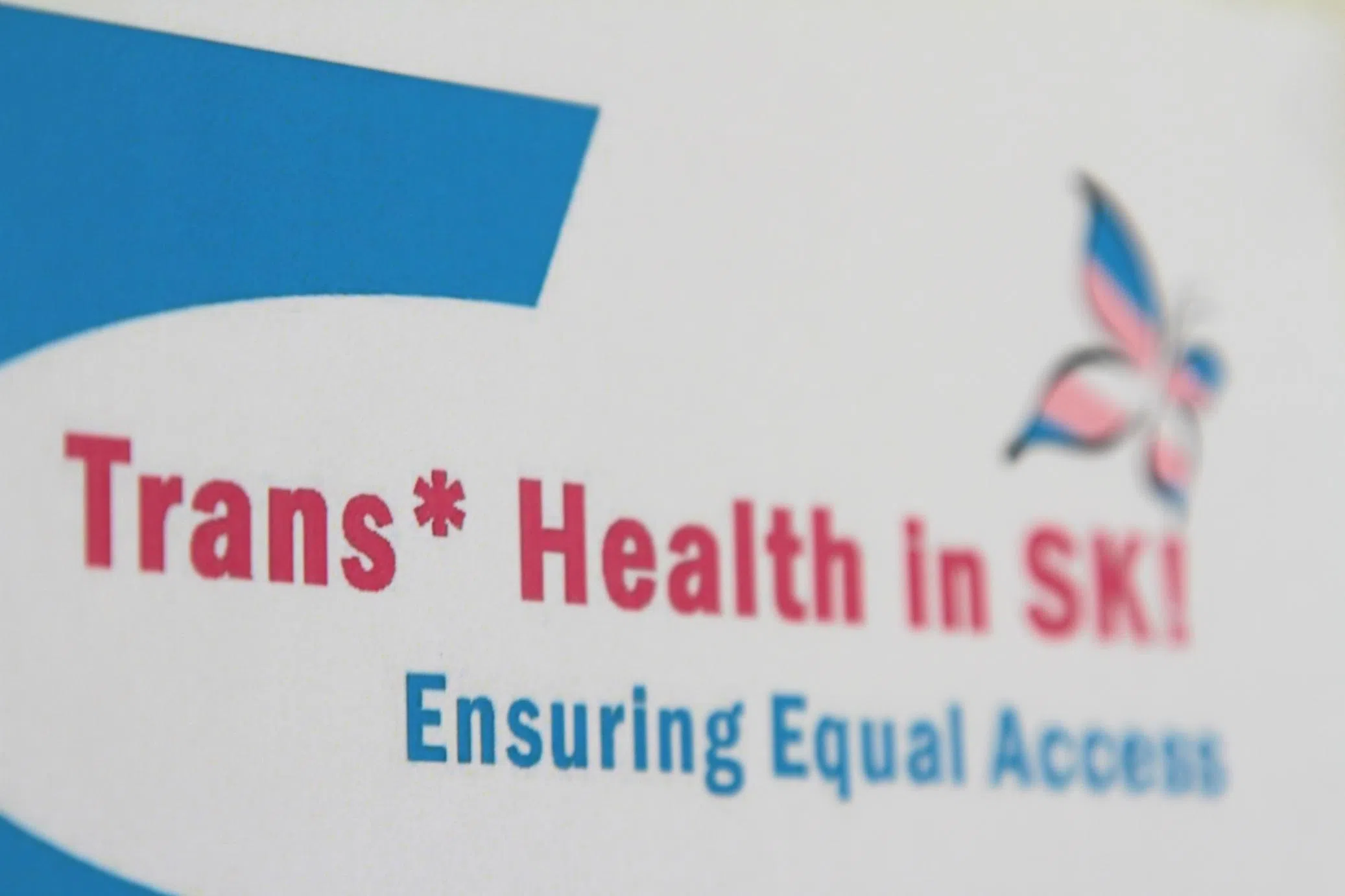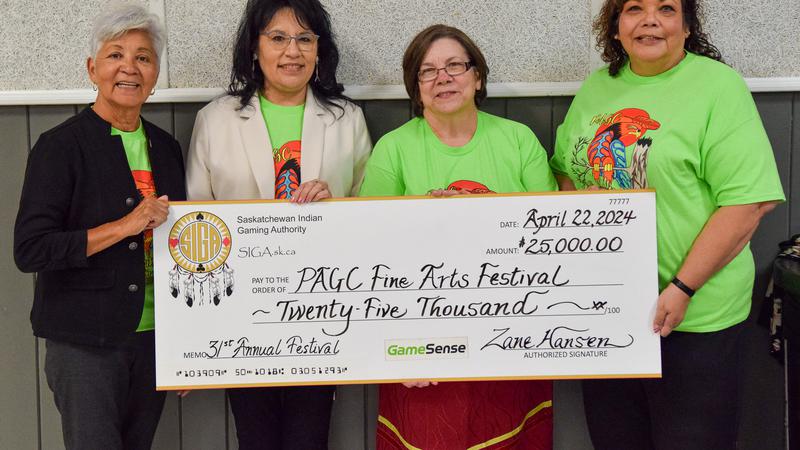
Trans community says docs can do little things to make patients comfortable
Jai Richards recalls an uncomfortable wait for an appointment at the gynecologist in January.
Sitting in the lobby, he noticed several eyes upon him as he waited to be called in. Born biologically female, Richards still attends regular follow-up appointments following his transition in 2011.
“People are just confused. ‘Why is a guy coming in because we know what this clinic is.’ It’s like, ‘Are you looking for the doctor’s? That’s downstairs,’” he said, adding it was difficult and uncomfortable for him, staff and patients.
“We base our primary judgment of people on gender. If you see somebody walking towards you on the street, the first decision you make in your head; man or woman.”
The Saskatoon provisional psychiatrist spoke about his experience during a panel discussion on transgender health in the province on Friday. The Avenue Community Centre (ACC) event preceded Monday’s start of Saskatchewan’s Transgender Awareness Week.


